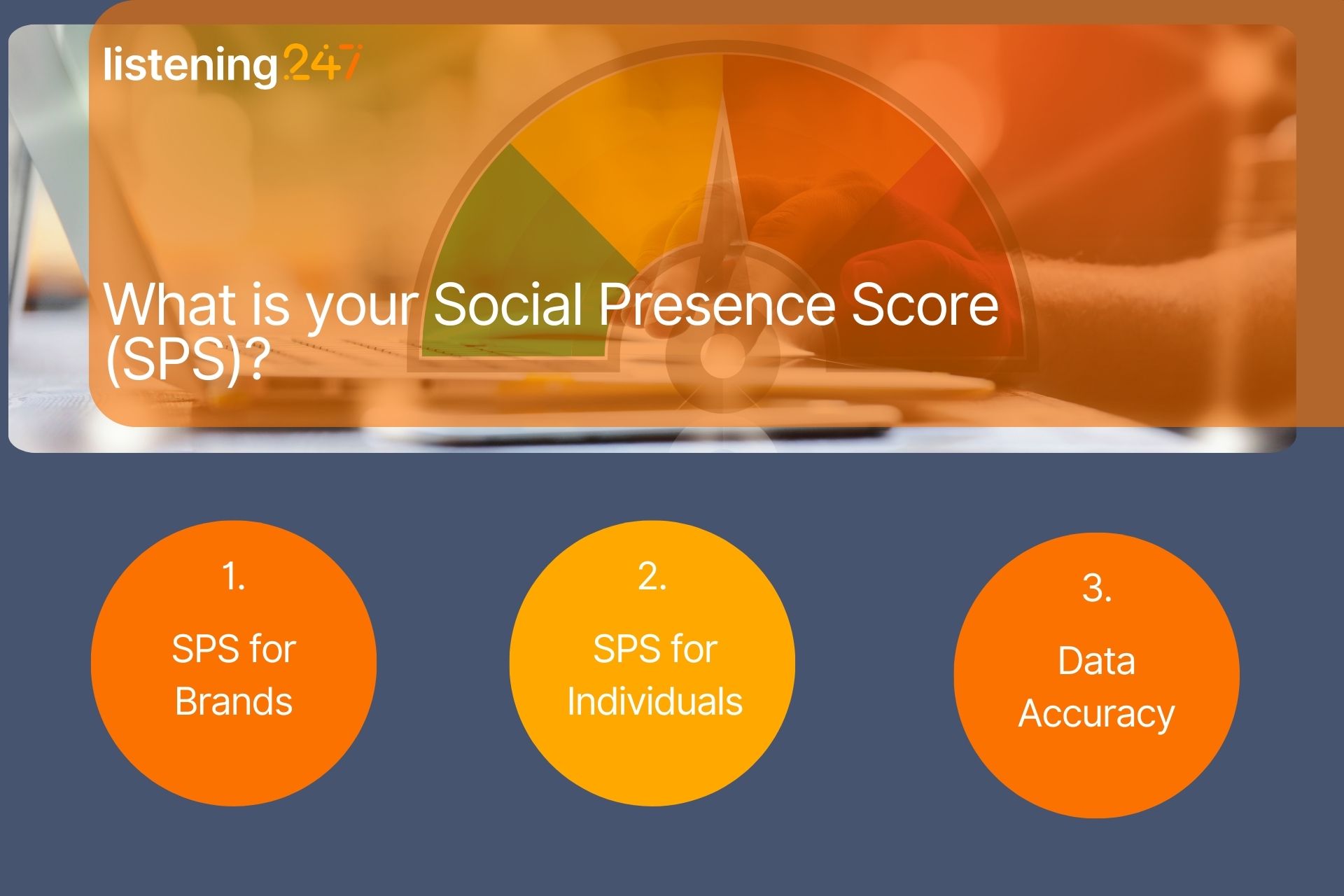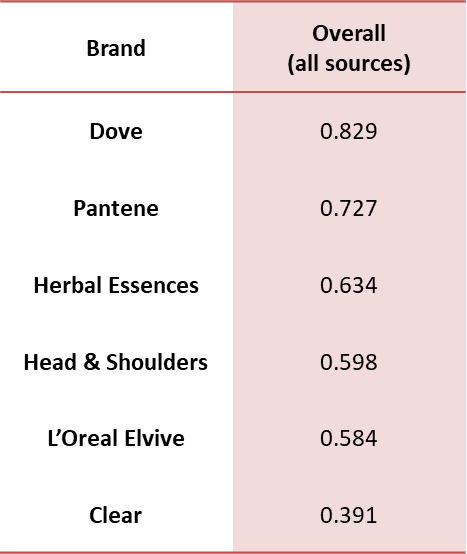
Blog Post
What is your Social Presence Score (SPS)?

Most people prefer order to mess, hardly a surprising conclusion. A score that enables ranking in multi-player environments provides order and the ultimate gamification. Ideally it should be a composite score. This is a score that combines multiple metrics in one all-encompassing index. Gamification does not mean turning a serious activity into a game; it is using gaming techniques to provide participant motivation and make the activity more fun overall. I do like to think of business as a game. Some people take it too seriously, to the extent that it has a pathological effect on them – it affects their health in a negative way. Business is not a life-or-death endeavour. Winning is fun, losing is dreadful (worse for bad losers like myself) but it is not the end of the world. So, let us break down how the SPS is calculated and its benefits for brands and for individuals; starting with the business perspective.
SPS for Brands
Brands and their parent organisations are always looking for the ideal KPIs that will drive their performance. NPS was once hailed as the single metric a company needed to measure and predict its future performance. NPS stands for Net Promoter Score and it is produced via a single question to customers, usually delivered via a survey: On a scale from 0-10 how likely is it that you would recommend Brand X to your friends and colleagues?
All those who provide a score between 0-6 are considered detractors, whereas the 9s and 10s are considered promoters; the 7s and 8s are polite negatives or passives at best.
The calculation of this composite score is as follows NPS=((promoters-detractors)/all respondents) X 100, with scores ranging from -100 to +100.
A similar idea applies to the Social Presence Score (SPS) for brands; however, its calculation is not as straightforward. Several social intelligence metrics have been considered by our data scientists and our conclusion was to use the following:
-
- Buzz = total volume of online posts about a brand by source
-
- Net Sentiment ScoreTM = ((positives-negatives)/all posts that mention the brand) X 100. This is a DigitalMR coined and trademarked composite metric itself; it is the NPS mirror metric for social media listening / social intelligence and unsolicited customer opinion. Positive, negative and neutral sentiment is annotated by proprietary machine learning models.
-
- Purchase Intent = expressed intent to purchase a brand in an online post, annotated by proprietary semantic machine learning models
-
- Recommendation = recommending the purchase or use of a brand in an online post, annotated by semantic machine learning models
-
- Engagement ratios for likes, comments and shares of the brand's social media posts
-
- Reach of the brand's PR initiatives.

Fig.1: SPS score of shampoo brands
The SPS can have a value between 0 and 1 (see Fig.1 above); it is calculated, for a certain period of time, as one aggregated metric for multiple brand posts; it can be offered as a single score from all source types, or for individual ones such as Twitter, Facebook, Instagram, YouTube or Tik Tok (see Fig.2 below).
There is a secret sauce that even if I wanted, I would not be able to adequately describe in a mainstream article, and that is the weighting of the above-mentioned metrics in the SPS. Not only that but also the entire process, starting before the online posts are annotated, to eliminate irrelevant posts due to homonyms i.e.clean the data and remove the noise.
The benefit of having a score like this as a brand is, not surprisingly, the ability to:
-
1. benchmark brand & campaign performance against competitors
-
2. benchmark own longitudinal brand performance
-
3. rank paid brand influencers
-
4. identify specific metrics of the SPS that require improvement
-
5. predict future brand performance e.g. sales

Fig.2: Shampoo brands ranked based on SPS by source
SPS for Individuals
The motivation to track a social presence score is not that dissimilar for individuals. Influencers and other high profile individuals want to know how their personal brand is doing compared to others and where they rank.
The metrics we use to create the composite Social Presence Score for individuals are similar but not all the same as for brands (see Fig.3 below):
-
- Buzz by source (same as for brands but for a person instead)
-
- Net Sentiment ScoreTM (same as for brands)
-
- Engagement ratios (same as for brands)
-
- Reach = the number of followers or members or likes on a social media page or account the individual owns
The benefits for a person to know their SPS are:
-
1. Measure reach in order to improve
-
2. Measure various engagement ratios (likes, comments, shares) in order to improve
-
3. Understand their ranking and the areas and degree of influence for possible brand ambassador deals
-
4. Identify negative sentiment and counteract
-
5. dentify positive sentiment and leverage

Fig. 3: Influencers ranked based on number of posted brand comments
Data Accuracy
It goes without saying that even if the SPS is perfectly synthesised with its composite metrics, the accuracy of the individual metrics included must be measurable and acceptable. It is always possible to reach over 80% accuracy for sentiment, topic and brand relevance annotations.
Conclusion
So, what do you think?
Would you like to know your SPS in relation to others?
I know I would; I miss having one since klout score ceased to exist.
Social presence score (SPS) comes to the rescue; it is the new single KPI for brands and individuals based on all online mentions - not just a sample – that can be used to measure the overall success of their marketing efforts.